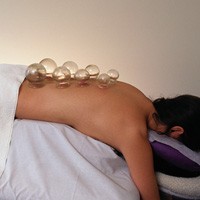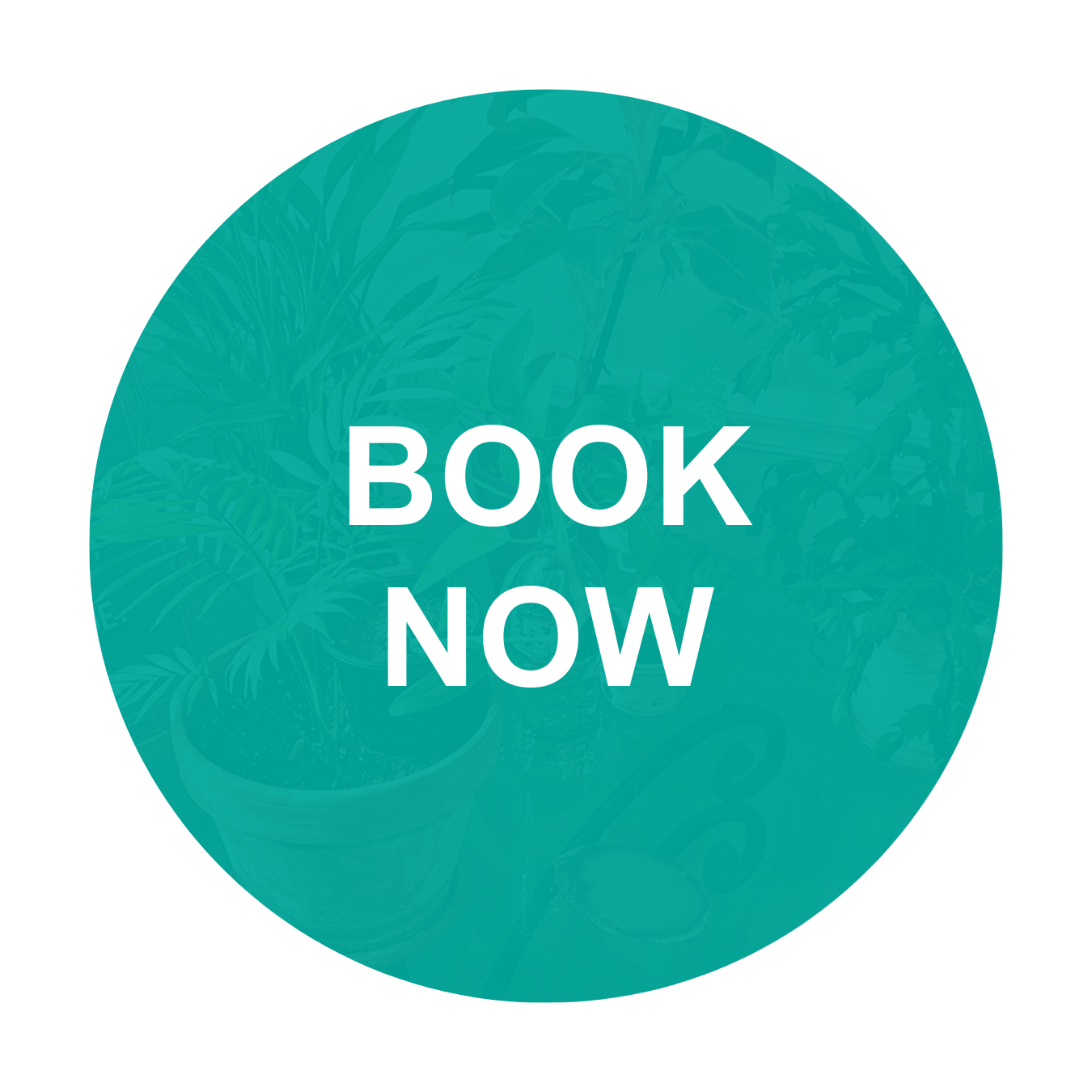Chinese Cupping Therapy

Chinese Cupping Therapy is one of the oldest methods of traditional Chinese medicine. The earliest recorded use of cupping dates to the early fourth century, when the noted herbalist Ge Hong wrote “A Handbook of Prescriptions”. Later books written during the Tang and Qing dynasties describe this regimen in great detail; one textbook included an entire chapter on “fire jar qi”, a type of treatment that could alleviate headaches, dizziness and abdominal pain.
Other Cultures and Cupping
Many cultures historically adopted this technique including the Greeks, Egyptians, many Muslim countries and Eastern European Jews.
Typical Cupping Session
During a typical session, glass bowls or cups are manipulated to produce a mild vacuum and placed over the area to be treated. The suction gently pulls the skin up inside the cup creating what Rhonda refers to as a “Reverse Massage”. Interestingly, there are two methods to generate the vacuum: One is to swipe the inside of the smooth-rimmed, glass vessel with alcohol and light it on fire. This rapid burn eliminates the air within the area of the cup. The second method is to use specially built cups that contain a vacuum pump.
Drawing up the skin is believed to open up the skin’s pores, which helps to stimulate the flow of blood, balances and realigns the flow of qi, releases endorphins, breaks up obstructions, and creates an avenue for toxins to be drawn out of the body.
What cupping is used for
Cupping is used primarily to treat muscular pain, respiratory conditions such as bronchitis, asthma, and congestion; arthritis; gastrointestinal disorders. Some practitioners also use cupping to treat depression and reduce swelling.
The cups are usually left in place for about 10 minutes. Several cups may be placed on a patient’s body at the same time.
Why Get Cupped by an Acupuncturist ?
A trained acupuncturist can further enhance the treatment by placing the cups on points related to your condition. Sometimes a lubricant such as oil may be applied to the skin before the cupping procedure which lets the practitioner slide the cups over particular points and along TCM meridians.
Risks of Cupping
While it is considered relatively safe (especially air cupping, which does not include the risk of fire and heat), it can cause some temporary swelling and bruising on the skin. As the skin under a cup is drawn up, the blood vessels at the surface of the skin expand. This may result in small, circular bruises on the areas where the cups were applied. These bruises are usually painless and disappear within a few days of treatment. In addition, there are several instances where cupping should not be performed. Patients with inflamed skin, cases of high fever or convulsions. Also, patients who bleed easily are not suitable candidates for this traditional therapy. Pregnant women should not have cupping on their stomach or lower back. If the cups are being moved, they should not cross bony areas such as the ridges of the spine or the shoulder blades.
Contact us if you would like to schedule a session.
